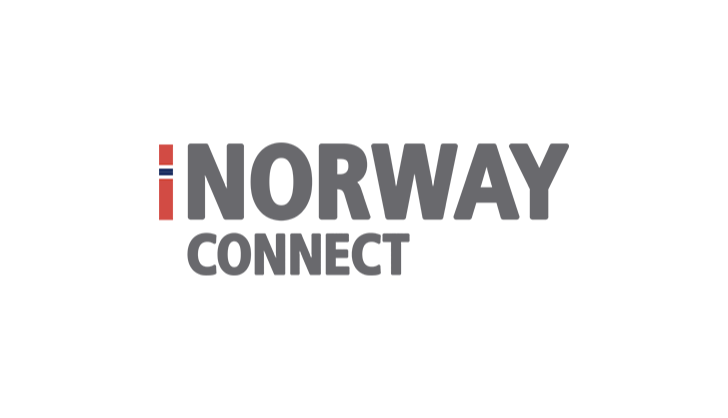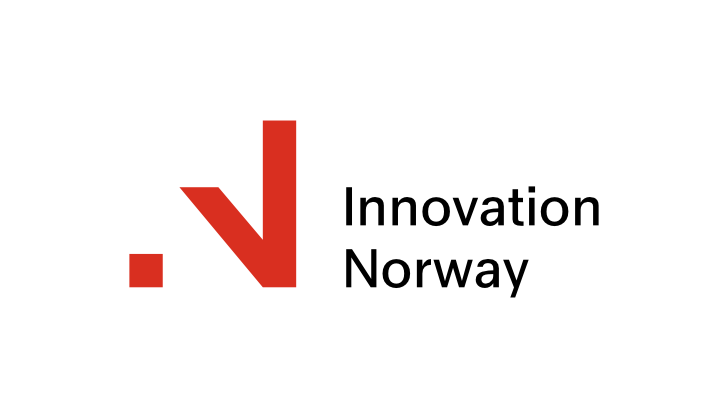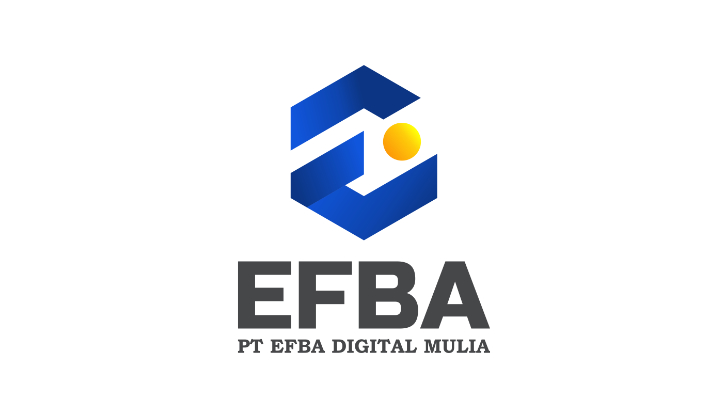Do you have a well-known trademark that people recognize in many countries? And are you using that trademark in Indonesia? If you answered ‘yes,’ the next question is, have you protected your well-known trademark in Indonesia?
In this era of globalization, the cross-border transaction of goods and/ or services is a familiar concept and as a result products manufactured by foreign-based companies are not difficult to find in Indonesia. For instance, iPhones, iPads, Macs, and AirPods, are all devices owned by a giant tech company based in the USA. According to the official website of Apple Inc, the Apple Store has been operating in many countries across the globe, including Singapore, Thailand, China and Hong Kong.
On the other hand, Indonesian products, such as Indomie, an instant noodle business belonging to PT. Indofood Sukses Makmur Tbk, are also easy to get in other countries. Citing the official website of Indofood, the Indomie-branded noodle has penetrated overseas markets such as the UK, the USA, and Australia since 1982.
But does the fact that these products (both foreign and domestic) are internationally available and well-known mean that their trademarks are protected according to the law?
Law No. 20 of 2016 on Marks and Geographical Indication (MGI) does not actually provide the definition of well-known trademarks. However, the protection of well-known trademarks is regulated under Article 21 Sub (1) Letters b and c. The said article allows the trademark examiner to reject a trademark application, which appears to be substantially similar or identical to a well-known trademark owned by another party for similar or dissimilar goods and/ or services.
The elucidation of Article 21 Sub (1) Letter b mentions that rejecting a trademark application because it’s similar to a well-known trademark, shall be done by observing public knowledge of the trademark in the relevant business, the reputation obtained from sustainable and massive promotions, investment activities in other countries, and the proof of trademark registration globally.
If the above are considered insufficient, the Commercial Court may appoint an independent institution to carry out a survey to determine whether the trademark is, indeed, well-known.
The parameters of well-known trademarks are further regulated in Article 18 Sub (3) of the Ministry of Law and Human Rights Regulation Number 67 of 2016 on Trademark Registration. This provision highlights certain criteria that should be considered when determining a well-known trademark, including, among others:
- The level of public knowledge and recognition toward the trademark in the relevant business;
- The sale volume of goods and/ or services along with the revenue gained from the use of the trademark;
- The market share controlled by the trademark;
- The area of use of the trademark;
- The duration of use of the trademark;
- The intensity and trademark promotion, including the investment value used to carry out such promotion;
- The trademark registration or application in other countries;
- The success rate of law enforcement, particularly regarding the recognition of the trademark as a well-known trademark; or
- The value attached to the trademark gained from the reputation and the quality assurance of the goods and/or services protected by the trademark.
Read More: Ease of Doing Business in Indonesia
At the international level, the criteria for determining what is a well-known trademark are raised through a Joint Recommendation Concerning Provision on the Protection of Well-Known Marks, in Article 2 Sub (1) Letter b, where the World Intellectual Property Organization (WIPO) gives factors the competent authority shall take into account to determine a well-known trademark, namely:
- The degree of knowledge or recognition of the trademark in the relevant sector of the public;
- The duration, extent and geographical area of any use of the trademark;
- The duration, extent and geographical area of any promotion of the trademark, including advertising or publicity and the presentation, at fairs or exhibitions, of the goods and/or services to which the trademark applies;
- The duration and geographical area of any registrations, and/or any applications for registration, of the trademark, to the extent that they reflect use or recognition of the trademark;
- The record of successful enforcement of rights in the trademark, in particular, the extent to which the trademark was recognized as well known by competent authorities;
- The value associated with the trademark.
In accordance with the Law on MGI, trademark protection in Indonesia comes after the trademark matures to registration (Article 1 Number 5 and Article 3).
For the owner of a well-known trademark who has registered their trademark to the Directorate General of Intellectual Property (DGIP), they can enjoy exclusive rights, which cover the right to prohibit anyone from using or filing the same or similar trademark.
However, an issue usually arises when the owner does not register their well-known trademark. In these cases, two possibilities may happen.
The first one is that there may be someone who registers a well-known trademark before the true owner does. When the true owner files the trademark at a later time, it only ends up being blocked by the previously-filed or registered trademark.
The second one is that if the true owner files an opposition during the publication period to the one who files their trademark, there is no guarantee that the opposition will be approved, given the first-to-file principle adopted by the Law on MGI.
Another issue involving the owner of well-known trademark may also emerge if the trademark examiner approves the registration of a trademark that is similar or identical with a registered well-known trademark of other, but filed in different goods and/ or services than that protected by the well-known trademark.
If one of or all of the above situations happen, the path the owner of well-known trademark may consider taking is to file a cancellation lawsuit against the registered trademark to the Commercial Court.
If the owner is yet to file their well-known trademark to DGIP, they are required to do so before they file the lawsuit. The similarity-based cancellation can only be filed within five years from the registration date of the trademark that wishes to be cancelled. If there is the element of bad faith from the one who registered that well-known trademark, a lawsuit can be filed at anytime without time limitation. In filing the lawsuit, the plaintiff has the burden to prove the well-known status of their trademark and the bad faith of the one who registered their well-known trademark (Article 76 and 77 of Law on MGI).
To see how the law is implemented, below are some cases of well-known trademark disputes in Indonesia:
A. Yoshikawa Corporation vs. Suko Martin
The lawsuit was filed on January 14th 2022 by Yosikhawa Corporation (Plaintiff) against Suko Martin (Defendant). Basically, there are three points being debated by both parties.
First, is the Defendant’s trademark similar with that of the Plaintiff?
Second, is the Plaintiff’s trademark a well-known trademark?
Third, did the Defendant file the trademark in bad faith?
The following is the brief of the Judges’ consideration:
- The Defendant is the owner of YOSHIKAWA trademark in Indonesia with the registration number IDM000332132, registered in class 21 to protect kitchen apparatus. The trademark was filed back on June 14th, 2002. Whereas, the Plaintiff is a high-quality kitchen apparatus manufacturer based in Japan that just filed their trademark YOSHIKAWA in Indonesia on January 7th, 2022. The trademark was filed in class 21 with the application number DID2022001667. Despite that, the Plaintiff has commenced their business since 1952, and got their first trademark YOSHIKAWA registered in Japan in 1992 and 1993 for classes 8 and 21. After being examined and compared, the Judges were of the view that the Defendant’s YOSHIKAWA trademark is identical with the Plaintiff’s YOSHIKAWA trademark for similar goods.
- To prove whether the YOSHIKAWA trademark owned by the Plaintiff is well-known, there is a bundle of evidence brought up to the Court by the Plaintiff, among others, the crowded trademark registrations of YOSHIKAWA including its variant in more than 39 countries around the world, the massive promotion of their products, an affidavit document from the President Director Tsutomu Yoshikawa about the history of the trademark YOSHIKAWA and the company, which was first founded in 1952, and the trademark registrations of YOSHIKAWA in Japan dated November 30th, 1992 with the registration number 2478448, and February 26th 1993 with the registration number 2506679, which are registered in classes 8 and 21. According to this evidence, the Judges considered that the trademark YOSHIKAWA owned by the Plaintiff is a trademark that has long existed even before the Defendant registered the trademark in Indonesia, and therefore it is a well-known trademark.
- Also taking into account that the YOSHIKAWA trademark owned by the Defendant is identical with the well-known trademark of the Plaintiff for similar goods, the Judges opined that the Defendant is therefore a bad faith applicant as in registering that trademark, the Defendant had an intention to copy, imitate, or duplicate a trademark owned by another party for the benefit of their business, and therefore it has caused an unfair competition, and could deceive consumers in the market.
Having considered the above, the Judges took a decision to grant the Plaintiff’s claim in its entirety, including to instruct the DGIP to erase the YOSHIKAWA registered trademark owned by the Defendant from the Trademark Database and announce it in the Trademark Gazette (Decision Number 2/Pdt.Sus-Merek/2022/PN.Niaga.Jkt.Pst).
Against this decision, the Defendant filed an appeal to the Supreme Court, but after being examined, the Supreme Judges affirmed the previous decision instead, and rejected the appeal (Decision Number 1489 K/Pdt.Sus-HKI/2022).
B. Toyota Motor Corporation vs. Marzuki Tan
A LEXUS trademark owned by Toyota has been registered in Indonesia and the protection covers several classes, namely 3, 9, 12, 18, 25, 36, 37, and 39 for automotive products along with the spare parts. Meanwhile, a LEXUS trademark owned by Marzuki Tan is also registered in Indonesia, but in a different class, namely 11, which protects sanitary products with the registration number IDM000497591.
Toyota claimed that their LEXUS is a well-known trademark for the marketing of luxury cars in the USA and other countries in Europe, which are proven by the registration of the trademark in a number of countries, such as Argentina, Chile, and Switzerland. Therefore, it is clear that Marzuki Tan registered the trademark LEXUS in Indonesia with bad faith, intending to take economic advantage of the well-known status of the trademark LEXUS owned by Toyota.
In the decision number 45/Pdt.Sus-HKI/Merek/2017/PNJkt.Pst, the Judges granted the claim filed by Toyota entirely. The Judges decided that LEXUS owned by Toyota is a well-known trademark and Toyota is the only owner entitled to use that trademark in Indonesia. The Judges also mentioned that Marzuki Tan filed the trademark LEXUS in bad faith given that the trademark is substantially similar with that owned by Toyota. Therefore, the Judges cancelled the trademark LEXUS owned by Marzuki Tan and instructed DGIP to cross out the trademark from the Trademark Database.
Despite the success story of Yoshikawa and Toyota in protecting their well-known trademarks in Indonesia, it is worth noting that the Judges in the District Court or at the Supreme Court level have their own views, which can be different from each other in determining whether or not a trademark is well-known.
With that in mind, given the first-to-file system of the current Indonesian Trademark Law, it is advisable that if you have a well-known trademark, the best course of action is to protect it by registering as quickly as possible. If you’d like us to have a look at your well-known trademark and offer advice on protecting it in Indonesia, get in touch with us today via hello@sevenstonesindonesia.com
Frequently Asked Questions (FAQs)
Creating a trademark involves designing a unique sign, logo, or name that differentiates your goods or services. Ensure it’s original and doesn’t infringe on existing trademarks.
To register, submit an application to the Directorate General of Intellectual Property (DGIP). The application should include the name/logo, list of goods/services, and a power of attorney if applied through an agent.
Costs vary based on the type of application and goods/services listed.
The process can take 9 to 24 months, considering potential examinations, objections, and announcement periods.
Yes, you can. However, if unfamiliar with the process, Seven Stones Indonesia can help you to ensure accuracy and compliance
References:
- Law No.20 of 2016 on Mark and Geographical Indication;
- Ministry of Law and Human Rights Regulation No. 67 of 2016 on Trademark Registration;
- Commercial Court at Central Jakarta District Court Decision Number 2/Pdt.Sus-Merek/2022/PN.Niaga.Jkt.Pst;
- Supreme Court Decision Number 1489 K/Pdt.Sus-HKI/2022;
- Joint Recommendation Concerning Provisions on the Protection of Well-Known Marks;
- Dr. Cita Citrawinda Noerhadi, SH, MIP, Perlindungan Merek Terkenal & Konsep Dilusi Merek dari Perspektif Global (Yayasan Pustaka Obor Indonesia Jakarta, 2020).















